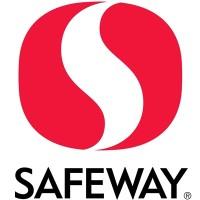
Safeway
Safeway operates as a banner of Albertsons Companies. Locally great and nationally strong, Albertsons Cos. (NYSE: ACI) is one of the largest food and drug retailers in the United States. Albertsons Cos. operates stores across 34 states and the District of Columbia under 20 well-known banners including Albertsons, Safeway, Vons, Jewel-Osco, Shaw’s, Acme, Tom Thumb, Randalls, United Supermarkets, Pavilions, Star Market, Haggen, and Carrs. Albertsons Cos. is committed to helping people across the country live better lives by making a meaningful difference, neighborhood by neighborhood. In 2019 alone, along with the Albertsons Companies Foundation, the company gave nearly $225 million in food and financial support. These efforts helped millions of people in the areas of hunger relief, education, cancer research and treatment, programs for people with disabilities and veterans outreach.






